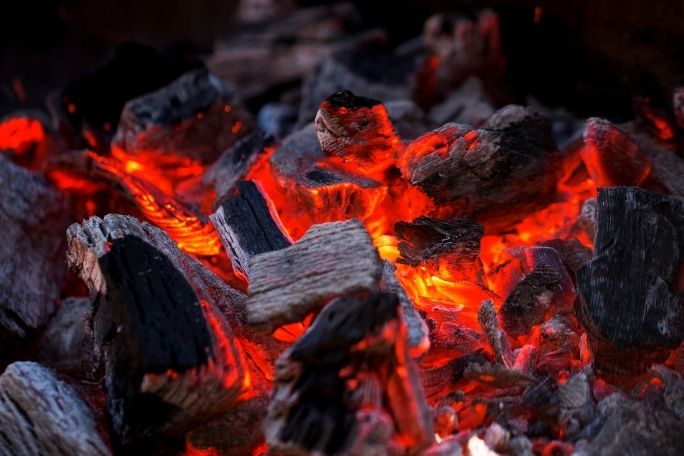Lesson summary
Students will explore the ways in which Aboriginal and Torres Islander peoples interacted with one of their environment’s key natural energy resources – fire. They will also investigate the ways in which electrical energy does some of the jobs previously achieved by fire, and will explore fire safety.
Learning intentions:
Students will...
- understand that fire is an energy source that shaped the histories and cultures of Aboriginal and Torres Islander peoples prior to colonisation.
- recognise fire and electricity as two sources of energy that involve certain hazards that must be approached responsibly.
Lesson guides and printables
Lesson details
Curriculum mapping
Australian curriculum content descriptions:
Year 3 History:
ONE important example of change and ONE important example of continuity over time in the local community, region or state/territory; for example, in relation to the areas of transport, work, education, natural and built environments, entertainment, daily life (ACHHK061).
Year 4 History:
- The diversity of Australia’s first peoples and the long and continuous connection of Aboriginal and Torres Strait Islander Peoples to Country/Place (land, sea, waterways and skies) (ACHASSK083)
Year 3 & 4 HPE:
- Identify and practise strategies to promote health, safety and wellbeing (ACPPS036).
- Describe strategies to make the classroom and playground healthy, safe and active spaces (ACPPS040).
Syllabus Outcomes: HT2-1, HT2-2, HT2-3, HT2-4, HT2-5, SLS2.13
Time required: 60 mins.
Level of teacher scaffolding: Medium – oversee activity.
Resources required
- Internet access
- Double-sided copies of the Ancient and modern energy sources – student worksheet (one copy per group).
Additional info
This lesson has been developed in partnership with
Hydro Tasmania.
Hydro Tasmania has been at the forefront of clean energy innovation for one hundred years. It is Australia’s largest producer of clean energy – generating hydro and wind power – and the largest water manager. Hydro Tasmania has 55 major dams, operates 30 hydropower stations and has built some of Australia’s largest wind farms.
Hydro Tasmania also sells energy in the National Electricity Market through its retail business Momentum Energy, and sells its expertise internationally through its consulting business Entura.
Visit the Hydro Tasmania website to learn how the business is working towards Australia’s clean energy future.


Welcome back!
Don't have an account yet?
Log in with:
By signing up to Cool.org you consent and agree to Cool's privacy policy to
store, manage and process your personal information. To read more, please see
our privacy policy here(Opens in new tab).
Create your free Cool.org account.
Many of our resources are free, with an option to upgrade to Cool+ for premium content.
Already have an account?
Sign up with:
By signing up to Cool.org you consent and agree to Cool's privacy policy to
store, manage and process your personal information. To read more, please see
our privacy policy here(Opens in new tab).